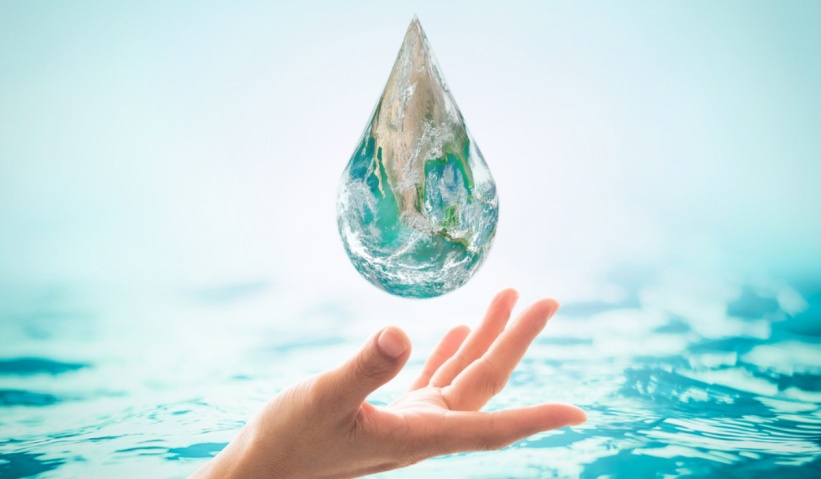Free Courses Sale ends Soon, Get It Now


Free Courses Sale ends Soon, Get It Now



Copyright infringement is not intended
Context - The Minister of State for Jal Shakti stated in Lok Sabha about the steps taken on the Mihir Shah Committee report.
Details
Key recommendations of the Mihir Shah Committee
Steps by the government for the effective management of water resources
Way Forward
https://www.pib.gov.in/PressReleseDetail.aspx?PRID=1811838
© 2024 iasgyan. All right reserved